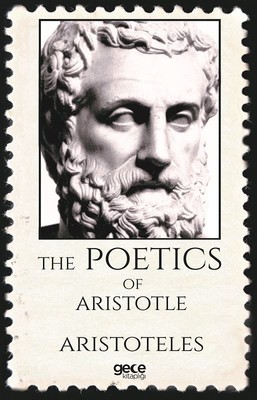
Further, the manner of a poet may be purely narrative, as in the Epic, or depiction through action, as in drama. The musician imitates through rhythm and harmony.

One imitates through form and colour, and the other through language, rhythm and harmony. The medium of the poet and the painter are different. They differ however, from one another in three respects – their medium, the objects and the manner or mode of imitation, being in each case distinct. In the very first chapter of the Poetic, Aristotle says:Įpic poetry and Tragedy, Comedy also and Dithyrambic poetry, as also the music of the flute and the lyre in most of their forms, are in their general conception modes of imitation. The poet imitates not the surface of things but the reality embedded within. Thus Aristotle by his theory enlarged the scope of imitation. It is no longer a servile depiction of the appearance of things, but it becomes a representation of the passions and emotions of men which are also imitated by music.

While Plato equated poetry with painting, Aristotle equates it with music. It thus differentiates the fine arts from the other category of arts. In Aristotle's view, principle of imitation unites poetry with other fine arts and is the common basis of all the fine arts. So poetic imitation is no longer considered mimicry, but is regarded as an act of imaginative creation by which the poet, drawing his material from the phenomenal world, makes something new out of it. Plato was the first to use the word in relation with poetry, but Aristotle breathed into it a new definite meaning. Aristotle did not invent the term "imitation".


 0 kommentar(er)
0 kommentar(er)
